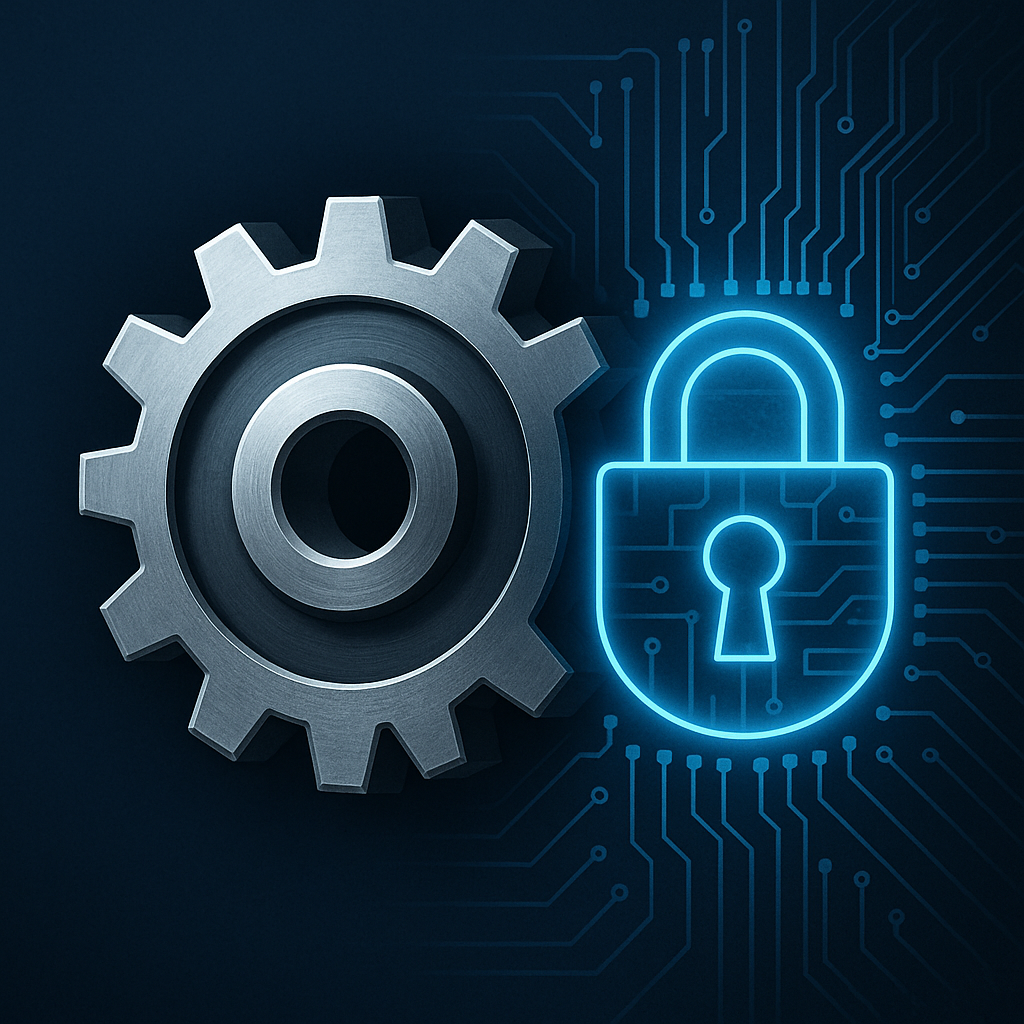Mechanical Engineering Meets Cybersecurity: Building Resilient Infrastructure

In today’s interconnected industrial landscape, mechanical engineers are no longer isolated from the cybersecurity conversation—they’re at the center of it. As factories, utilities, and public infrastructure rely on smart sensors, programmable controllers, and SCADA networks to manage physical systems, the mechanical components themselves have become cyber-physical targets. Valves, actuators, HVAC coils, and robotic arms—once considered purely mechanical—are now controlled via software and networked protocols, making them vulnerable to digital disruptions with physical consequences.
Take, for example, an automated HVAC system in a pharmaceutical clean room. If an attacker gains access to the SCADA interface and modifies pressure control parameters, it can compromise the entire manufacturing batch. The line between mechanical failure and cybersecurity breach has blurred. That’s why mechanical engineers must now think beyond stress tolerances and torque—toward encryption protocols, data integrity, and anomaly detection in the control systems that drive their machines.
By adopting a cyber-informed engineering mindset, mechanical professionals can proactively embed resilience into the design phase. This involves selecting components compatible with secure firmware updates, incorporating sensor redundancy to detect spoofed signals, and implementing mechanical overrides in case of software failure. Collaborating with OT cybersecurity teams, mechanical engineers can help establish defense-in-depth strategies—where mechanical integrity acts as the final safeguard when digital controls are compromised.
Moreover, mechanical engineers bring a unique strength to the security table: a deep understanding of physical system behavior. They can identify when a valve’s opening speed seems suspicious, or when vibration patterns suggest tampering. By aligning this domain expertise with AI-based SCADA monitoring tools, engineers can enhance real-time intrusion detection systems and ensure that alerts are grounded in physical reality—not just digital noise.
In a world where ransomware attacks can shut down water plants and tampered pressure systems can cause explosions, it’s time to rethink what infrastructure resilience means. It’s not just about firewalls and firmware. It’s about the gears, pipes, and coils—and the engineers who build them—being equipped to defend against threats that start in code but end in catastrophe. Cybersecurity isn’t a separate concern anymore—it’s a mechanical engineering requirement.
